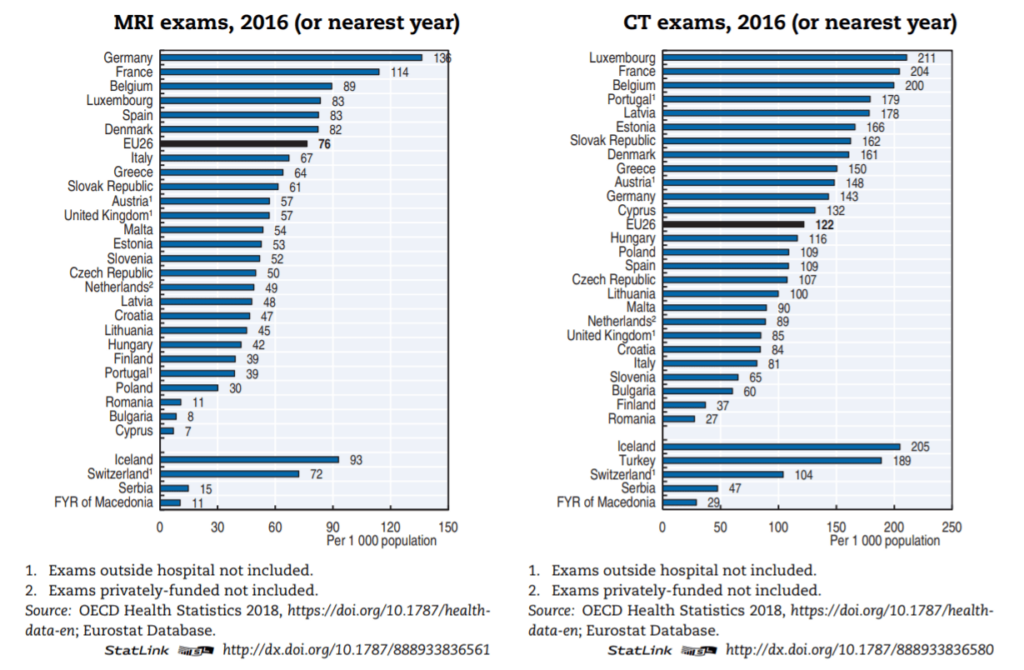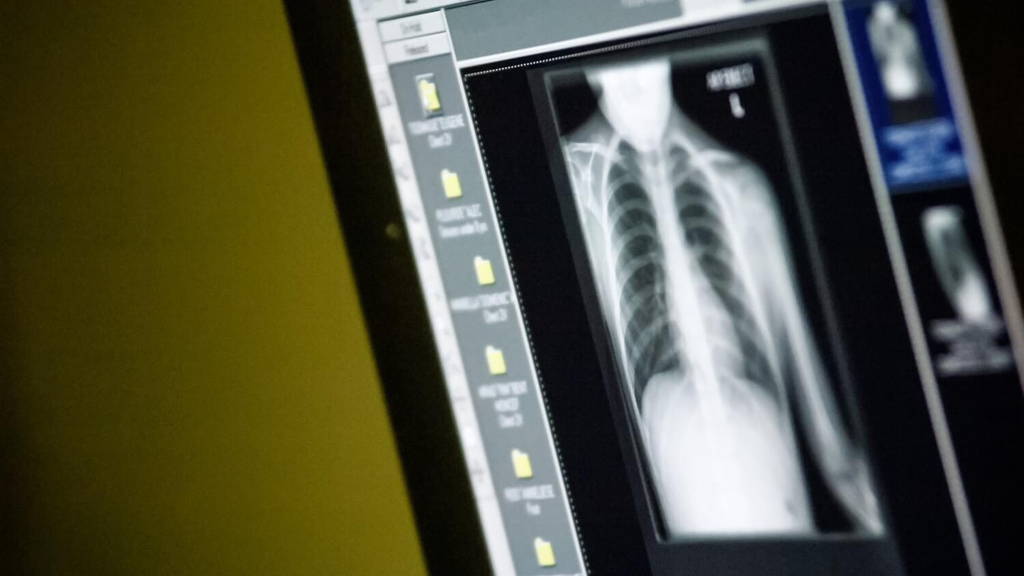Almost every day media inform about new digital health breakthroughs. For example, a group of scientists from MIT’s Computer Science and Artificial Intelligence Laboratory (CSAIL) and Massachusetts General Hospital (MGH) has developed a machine learning model that successfully analyses mammograms to determine whether a patient will develop cancer over the next 5 years. Using data from 60,000 patients, the artificial intelligence system has learnt to identify subtle tissue lesions that are the early signs of malignant forms of tumour. They are undetectable to the human eye, however experienced.
“Artificial Intelligence system spots lung cancer before radiologists” inform another press headline. A team of researchers from Google and Northwestern University has programmed an AI system to diagnose very small cancerous tumours in lungs based on one CT image – with a success rate 5% greater than that of radiologists with several years of experience. Further achievements are reported by Stanford University, where scientists have created an algorithm to detect 14 different lung diseases. A total of 112,000 x-rays were used to “train” the model to give a diagnosis in mere seconds.
According to the WHO, the world will be short of 12.9 million health-care workers by 2035.
Artificial intelligence will change imaging diagnostics beyond recognition. Algorithms offer advantages that even the best educated radiologists with decades of practice cannot match: they are faster, more precise and capable of analysing, remembering and comparing an unlimited number of images. They absorb huge sets of data, becoming better and better at identifying even the tiniest of pathological changes, in images of increasingly higher resolution. On top of that, they are much cheaper than highly qualified medical staff.

Some medical students already steer clear from a career in radiology, afraid that the profession will be dominated by machines in a few years. Will it? Most certainly not. Radiologists do more than just analyse images. They consult other specialists, participate in the process of determining treatment scenarios and surgeries, decide how to run tests, cross-reference the results derived from medical images with the data in the medical record, interview patients and more. The competencies of algorithms, on the other hand, are limited to a narrow and precise instruction. Actually, certified radiologists should be happy – AI will take over the laborious technical image analysis, leaving them more time for other tasks that require the expertise they learnt at medical school.
AI applications in radiology progress so rapidly and scientific evidence is so auspicious that it is a matter of a few years before assistants in the form of algorithms become a norm in hospitals. It’s definitely a change for the better, both for doctors and patients.








